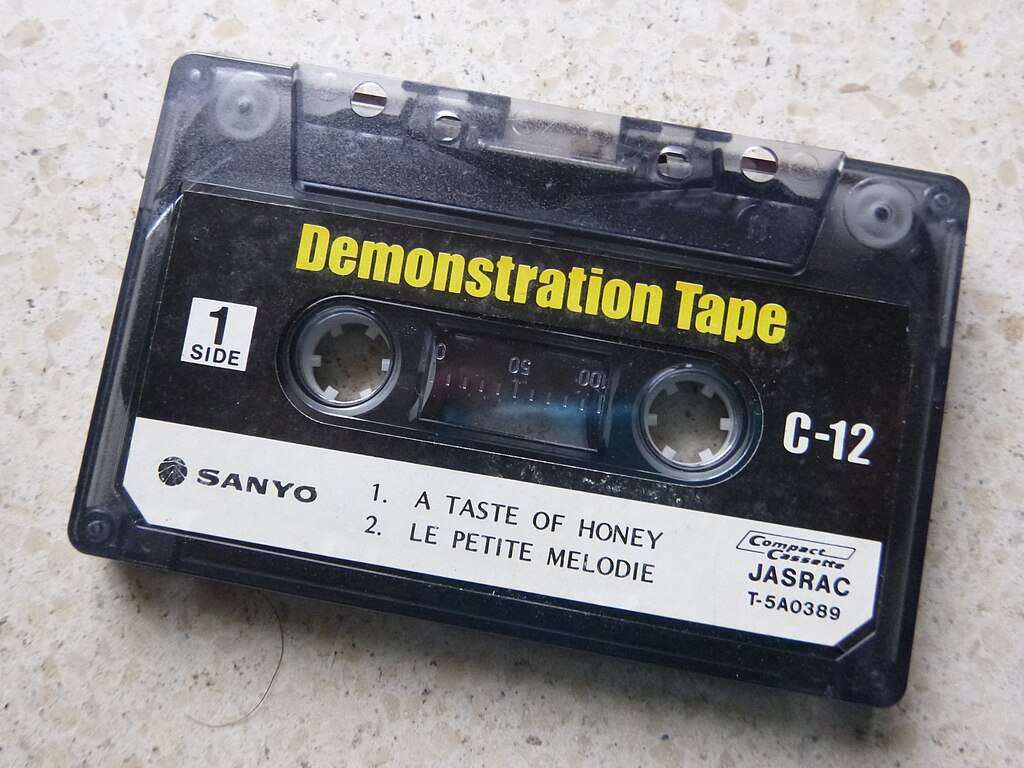On Thursday, the Supreme Court issued a landmark 7-2 ruling affecting millions of aging and disabled people: Providers of federally funded health services like Medicaid or Medicare, the court ruled—such as public and private nursing homes—can be sued by individuals for failures and lapses in care.
Following the death of 85-year-old Gorgi “Jorgo” Talevski in October 2021, his surviving family members sued the state-run Health and Hospital Corporation of Marion County, Indiana, alleging that Talevski’s nursing home gave him psychotropic drugs as restraints and attempted to involuntarily discharge him to a facility for people with dementia. Talevski’s family claimed that his treatment violated restrictions on chemical restraints and patient discharge set by the Federal Nursing Home Reform Act, 1987 legislation that “establishes the minimum standards of care” for Medicaid-backed nursing homes, according to the Kaiser Family Foundation. Oral arguments were heard in November.
This week, the court found in favor of the Talevski estate, upholding a decision by the Seventh Circuit Court of Appeals with Justices Clarence Thomas and Samuel Alito dissenting. A lower court had found that private citizens had no standing to sue. Given the conservative makeup of the court, a ruling in Talevski’s favor wasn’t certain: instead of guaranteeing key protections, the justices could have gutted the civil rights of disabled and aging people.
But the legislation “unambiguously” grants individual rights, Justice Ketanji Brown Jackson wrote in the majority opinion, including the “right to be free from unnecessary chemical restraints”—those “imposed for purposes of discipline or convenience” and not medically required—and “to be discharged or transferred only when certain preconditions are met.” Patients and their families, Health and Hospital Corp had argued, weren’t entitled to enforce those rights.
“We have no doubt,” Jackson wrote, “that HHC wishes [Section] 1983 said something else.”
Copyright
© Mother Jones




